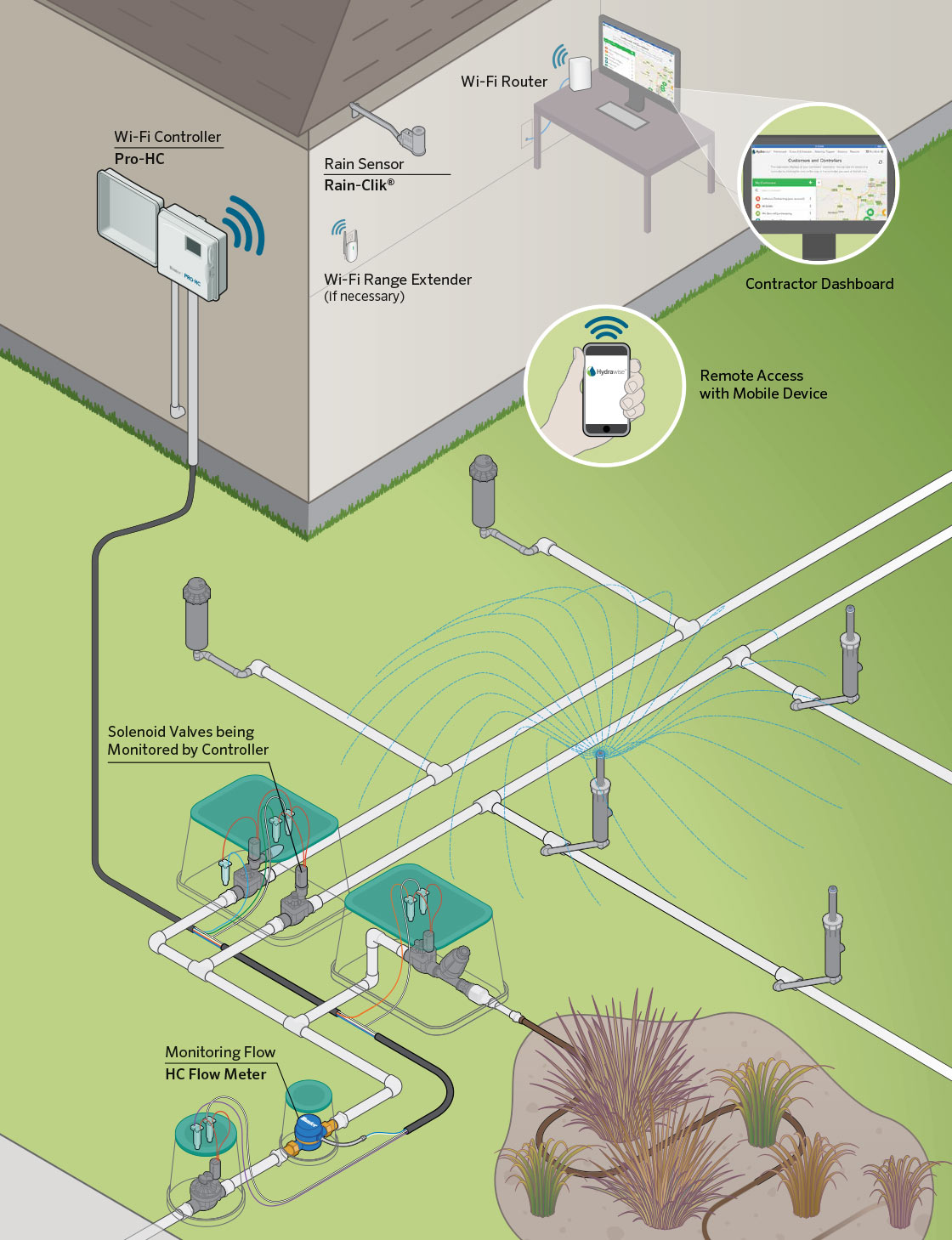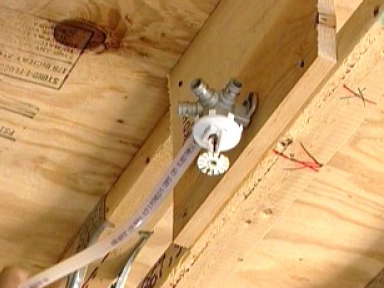
“How can you get the water to travel that far?”. “How will you get water to go to the two sides of the greenhouse?”. “What words could we use to describe some of the features the irrigation system must have to be effective?”. Students brainstorm and record criteria for the irrigation system. “How much water will you need for testing?”. “What will be the source of the water?”. “How far will the water have to travel?”. Students identify and refine the problem to be solved/need to be met. Reflect – students reflect on the results of their prototype testing and suggest things that they might do differently to improve their prototypes. Test – students use skills of observing and recording data as they test their prototypes. Work Safely – students demonstrate safe practices when using a variety of tools and materials while prototyping. (e.g., in identifying the problem, in design plans that include 2D design sketches and key design steps/tasks, in lists of materials/equipment/tools) Communicate – students communicate their thinking and learning in words, sketches, photos, videos, etc. Generate Ideas – students use idea generation skills and strategies, such as brainstorming, to identify possible solutions as well as make decisions about the pros and cons of each solution. Work Collaboratively – students work collaboratively to complete a task and evaluate their group processes throughout the Design & Build process. Observe and document, using anecdotal comments, photos and/or video recordings, student’s ability to:  reflect on their results and identify things that could be done to improve their prototypes. modify the prototype and retest it against the design criteria as necessary. test their prototypes based on the design criteria. build/develop the design idea based on the design plan. develop a design plan (e.g., identify the tasks or key steps involved in developing the solution, make decisions about tools and materials that will be needed, include labelled sketches). visualize what the solution might look like and make design sketches based on their visualizations. discuss the advantages and disadvantages of each in order to select a potential solution to test. share their questions and ideas for a solution to the problem/need. brainstorm criteria that the prototype must meet. identify the problem to be solved/need to be met. Students will follow the steps of the Design & Build process: Students develop Design & Build skills as they design, build and test a prototype irrigation system. Optional – large garbage bags to build system on, or plastic table cloths. Rags or paper towels for cleaning up spills. Recording tools such as pencils, erasers, paper, science notebooks, cameras or handheld electronic devices. Measuring tools such as rulers, metre sticks, measuring tapes and/or stopwatch. Construction tools such as scissors, other fasteners, and glue. “Do you think this is a good place for a garden? Why/why not?”. “What is different about these two photos?”.
reflect on their results and identify things that could be done to improve their prototypes. modify the prototype and retest it against the design criteria as necessary. test their prototypes based on the design criteria. build/develop the design idea based on the design plan. develop a design plan (e.g., identify the tasks or key steps involved in developing the solution, make decisions about tools and materials that will be needed, include labelled sketches). visualize what the solution might look like and make design sketches based on their visualizations. discuss the advantages and disadvantages of each in order to select a potential solution to test. share their questions and ideas for a solution to the problem/need. brainstorm criteria that the prototype must meet. identify the problem to be solved/need to be met. Students will follow the steps of the Design & Build process: Students develop Design & Build skills as they design, build and test a prototype irrigation system. Optional – large garbage bags to build system on, or plastic table cloths. Rags or paper towels for cleaning up spills. Recording tools such as pencils, erasers, paper, science notebooks, cameras or handheld electronic devices. Measuring tools such as rulers, metre sticks, measuring tapes and/or stopwatch. Construction tools such as scissors, other fasteners, and glue. “Do you think this is a good place for a garden? Why/why not?”. “What is different about these two photos?”.  Show students before and after photographs of the High Line, a park in New York City built on an old rail line. “How do those needs change depending on where you are growing your garden (e.g., on a window sill vs. reading a book such as The Curious Gardenby Peter Brown. “How do these methods compare and contrast to the ways in which you provide water to your home garden or indoor plants?”. “What are some methods that farmers use to provide water to plants?”. exploring photos or videos of different types of irrigation systems and technologies from around the world.
Show students before and after photographs of the High Line, a park in New York City built on an old rail line. “How do those needs change depending on where you are growing your garden (e.g., on a window sill vs. reading a book such as The Curious Gardenby Peter Brown. “How do these methods compare and contrast to the ways in which you provide water to your home garden or indoor plants?”. “What are some methods that farmers use to provide water to plants?”. exploring photos or videos of different types of irrigation systems and technologies from around the world. /sprinklers-155158227-5900b5eb5f9b581d59c7f70e.jpg) "What kinds of tools do people use to give water to outdoor plants?”. “What kinds of tools do people use to give water to indoor plants?”.
"What kinds of tools do people use to give water to outdoor plants?”. “What kinds of tools do people use to give water to indoor plants?”. 
questions and/or comments from students about water and plants.In this Design & Build challenge, students will design, build and test a simple irrigation system that will transport water to at least two plants from one source without leaking. This kind of collaborative thinking and sharing requires a classroom environment that encourages and supports risk-taking and innovative thinking. Brainstorming is a way of generating ideas that requires students to be respectful listeners and creative thinkers. When faced with a Design & Build challenge, students need to consider a variety of possible solutions. Travelling irrigation sprinkler (Source: Slaunger via Wikimedia Commons




/sprinklers-155158227-5900b5eb5f9b581d59c7f70e.jpg)



 0 kommentar(er)
0 kommentar(er)
